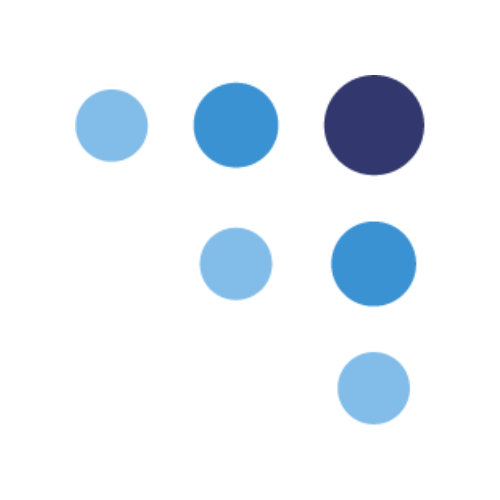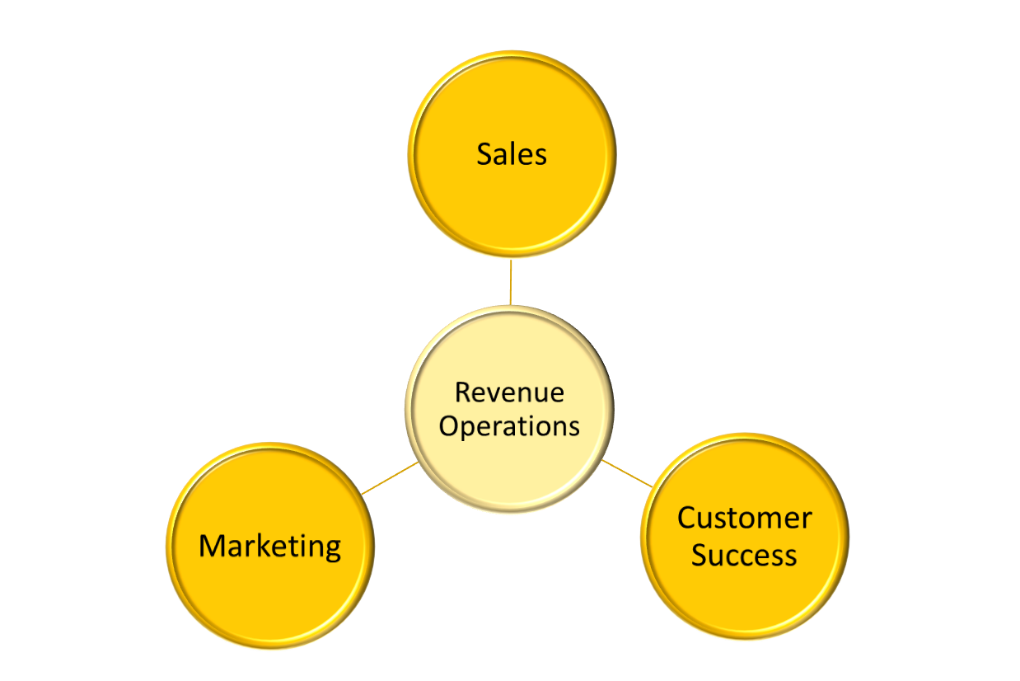Alex Schultz, the Chief Marketing Officer and VP of Analytics for Facebook, once said that “Retention is the single most important thing for growth.” Indeed, "retention is the new growth" has become a common mantra for corporate leaders in recent years.
What is the value of measuring NRR specifically, then? As opposed to Gross Retention Rate (GRR) — which is the percentage of customers or revenue retained in a given period — NRR is the percentage of customers or revenue retained after factoring in the impact of revenue-generating activities (i.e., new customers or revenue obtained in that period). Consequently, NRR is the more holistic way of measuring how well a company is both keeping the customers/revenue it has and adding new customers/revenue on top of its base.
Looking ahead to 2022, Net Retention Rate (NRR) is poised to be one of a company’s most critical success measures for a variety of reasons.
First, the focus on retention reflects the shift in how companies are monetizing goods and services.
As companies have shifted to recurring revenue models, retaining existing customers has become increasingly critical to overall success. This shift has occurred most clearly in the software industry but is also taking root in an array of other industries, from entertainment and media to transportation to industrial products.
Second, retention rate reflects customer loyalty — and in turn a company’s sustainability.
Globalization, the proliferation of information, and other macro factors have given customers unprecedented choice and reduced switching costs across nearly every industry. In that sort of environment, your ability to retain existing customers speaks volumes about a company’s ability to deliver on customer expectations and remain a step ahead of the competition.
Third, a company’s retention rate is a clear indicator of its go-to-market capital efficiency
I.e., the productivity of each go-to-market dollar spent, driving top and bottom-line results. Intuitively, if a company is retaining more of its customers, it has to drive less incremental revenue (via new logo acquisition, cross-sell or up-sell) to achieve its overall growth targets. Moreover, study after study has confirmed that customer retention correlates to increased profits; one such study showed that increasing customer retention rates by 5% increases profits by 25% to 95% (depending on the industry and product). Likewise, the pure cost of retaining an existing customer is far less than that of acquiring a new one or even of selling more to existing customers. In SaaS businesses, for example, the average cost to acquire $1 of new logo ACV is $1.13, while the cost of $1 of cross-sell or up-sell ACV is a much lower $0.27. Meanwhile, the cost to capture that ACV via renewal is just $0.13. Finally, the average success rate of selling to an existing customer is 60-70% vs. 5-20% for new customers (again, depending on industry and product). As a result, the Sales and Marketing capital efficiency is significantly higher for retention activities than for any other go-to-market activities.
Assessing your company’s NRR performance is straightforward. Competitive benchmarks are often easy to find, particularly as more and more companies report NRR alongside other key metrics in quarterly and annual financials.
Determining how to actually improve NRR is another story. As a starting point, the SBI Index Maturity Model can help leaders self-evaluate the maturity of 8 capability areas that are key drivers of go-to-market performance:
- Growth Strategy
- Sales
- Revenue Marketing
- Pricing & Packaging
- Customer Experience
- Customer Success
- Talent
- Digital
Current capabilities are rated on a 5-point scale—from “Chaos” (Level 1) through “Defined” (Level 2), “Implemented” (Level 3), “Managed” (Level 4), and “Predictable” (Level 5). Diagnosing where current capabilities are at Levels 1, 2, or 3 helps to home in on the levers for improving NRR.
In SBI’s experience, each of the 8 capabilities evaluated in the SBI Index Maturity Model can have an impact on NRR — for example:
- The company’s Growth Strategy may over-index on new logo growth vs. retaining the base, in which case strategic focus should be adjusted to strike a more appropriate balance.
- Pricing & Packaging may be out-of-step with the market or not include a subscription-based option that makes it easy for customers to renew.
- The end-to-end Customer Experience may include areas of friction that increase customer churn.
- The company’s Customer Success team may not be set up, incentivized, or resourced in a way that helps drive renewals.
These are just a handful of the opportunities for improving NRR that the diagnostic can help uncover. Take the self-diagnostic to get started on incorporating NRR into your 2022 planning.




